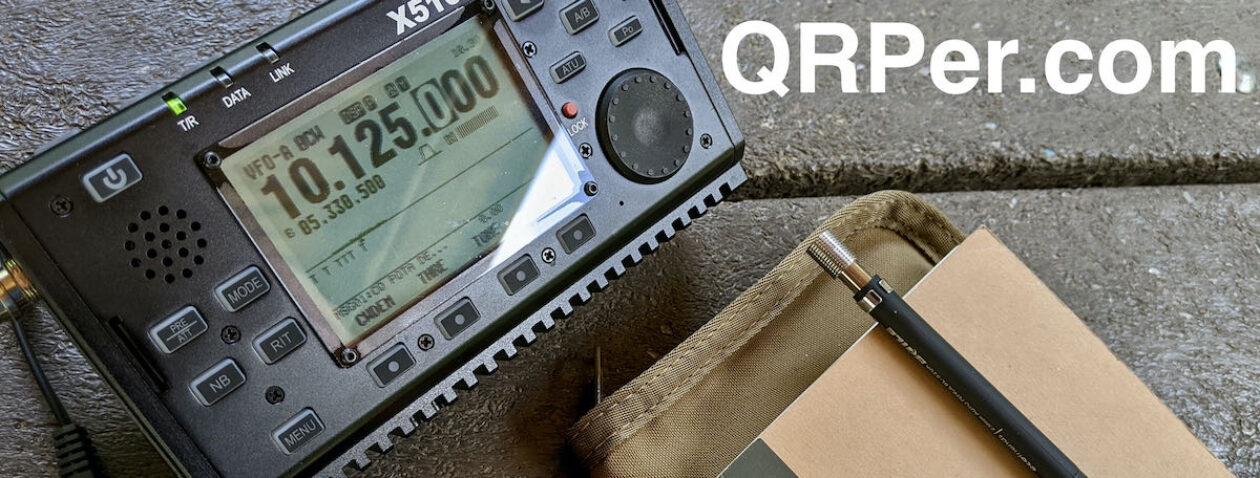On Saturday, August 3, 2024, my wife and daughters drove to Edneyville, North Carolina, for an annual family get-together/reunion. It’s always a lot of fun catching up with my wife’s extended family. And, I must say, the food is always spectacular. I’m talking every amazing Southern dish you can dream of!
After the gathering, my wife and I dropped off our daughters with some of their friends for the afternoon. We’d planned to head back home and catch up on a few things, but I (fortunately) glanced at Google Maps and saw that I-40 was closed west-bound which meant that instead of a 30-minute drive home, we were staring at 70+ minutes. It was a busy weekend, with a lot of tourists in town, and traffic was at a standstill.
Lemons to Lemonade
 I proposed to my wife that we go in the opposite direction of everyone else–up the very winding 151 to Mount Pisgah. She looked at me and knew I had activating on the brain. She happily agreed.
I proposed to my wife that we go in the opposite direction of everyone else–up the very winding 151 to Mount Pisgah. She looked at me and knew I had activating on the brain. She happily agreed.
I knew hiking to the summit of Mount Pisgah for a SOTA (Summits on the Air) activation was unrealistic because we didn’t bring hiking gear and, frankly, the weather was a little too dodgy with pop-up thunderstorms forming.
Instead, I had the Mount Pisgah Picnic Area in mind. It’s a brilliant spot with numerous options for setting up a POTA station. It took us all of 35 minutes to drive there.
Hazel was happy to jump out of the car.
 I’m sure she was on bear alert because the last time we were here, she spotted a black bear. She never forgets a bear but she always forgets how small she is compared to them.
I’m sure she was on bear alert because the last time we were here, she spotted a black bear. She never forgets a bear but she always forgets how small she is compared to them.
 There are numerous spots to set up a station at this particular parkway picnic site. We found a table off to the side where I had easy access to trees (i.e., wire antenna supports) if needed.
There are numerous spots to set up a station at this particular parkway picnic site. We found a table off to the side where I had easy access to trees (i.e., wire antenna supports) if needed.
I was hoping I wouldn’t need them, though. I planned to attach the Version 2 KH1 Right Angle Adapter Elecraft sent me to replace out the prototype I used in a previous activation/field report. This would give my KH1 “picnic table” mode.
Based on all of the recent reports I’d been receiving from other POTA and SOTA activators, I knew such a modest antenna might make things challenging (foreshadowing alert), but by not deploying a wire antenna, I could pack up super quickly should we get caught in a downpour or thunderstorm.
I set up the KH1, prepared my logs, and got ready to hop on the air!
Gear:
 Note: All Amazon, CW Morse, ABR, Chelegance, eBay, and Radioddity links are affiliate links that support QRPer.com at no cost to you.
Note: All Amazon, CW Morse, ABR, Chelegance, eBay, and Radioddity links are affiliate links that support QRPer.com at no cost to you.
- Elecraft KH1 Edgewood Package
- Elecraft KHRA1 Right Angle Adapter
- Pelican Micro M40, specifically, one with the Tufteln KH1 mod
- Bamakey TP-III
- Key cable: Cable Matters 2-Pack Gold-Plated Retractable Aux Cable – 2.5 Feet
- Anker Soundcore Mini Speaker
- Packtenna 9:1 End-Fed Random Wire
- Weaver arborist throw line/weight and storage bag
- GraphGear 0.9mm 1000 Automatic Drafting Pencil
- Rite In The Rain Top Spiral Notebook
- Camera: DJI OSMO 4 action camera with Joby Telepod Sport Tripod
- Nemo Chipper Foam Seat
On The Air
 I hopped on the air and started calling CQ POTA with fingers crossed.
I hopped on the air and started calling CQ POTA with fingers crossed.
I worked N8JY and KO4PK in fairly short order after I self-spotted (thank you for the contacts!).
(Sound familiar activators who’ve been out there lately–?)
I even moved to the 30M band for a stint, but there were no callbacks there either. Continue reading POTA at Mount Pisgah: Punching through patchy propagation and dodging dodgy weather!
















































































